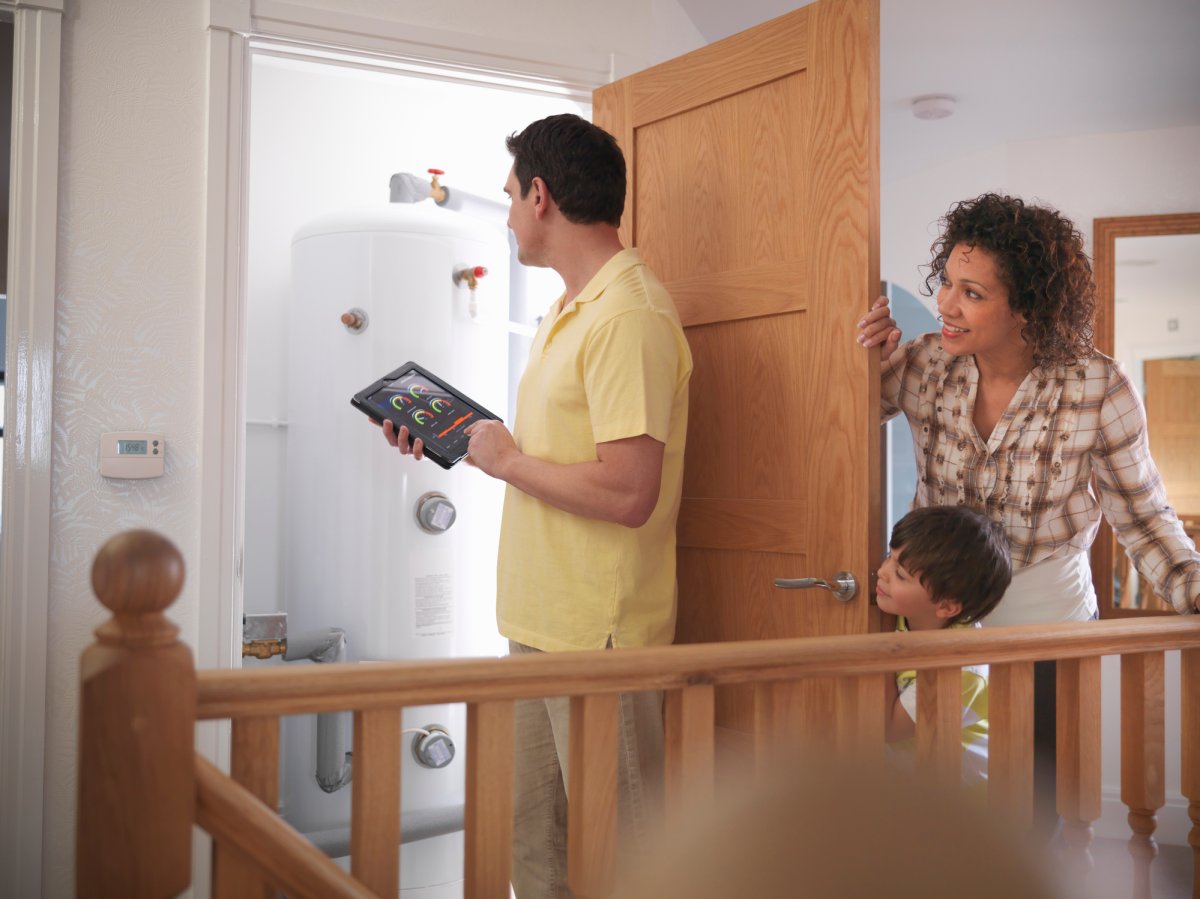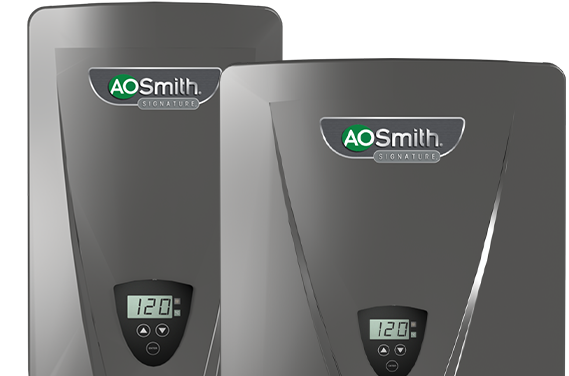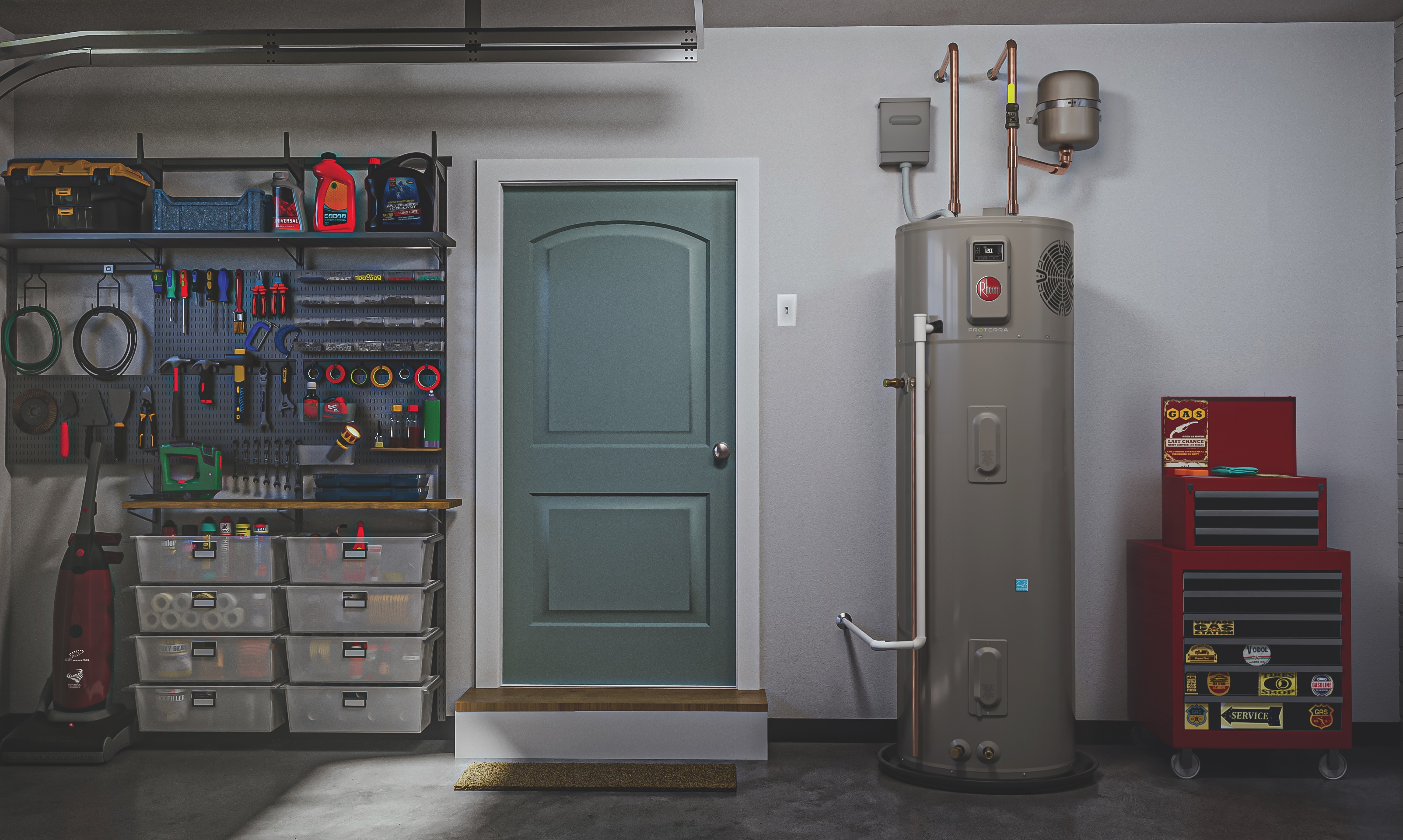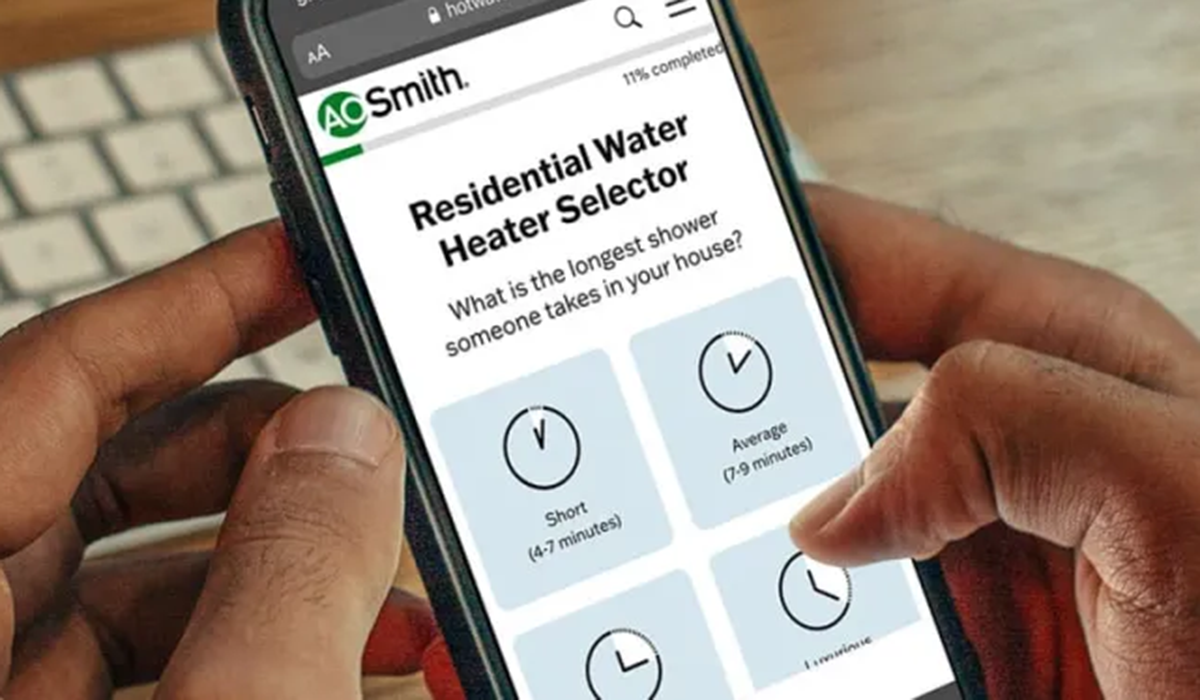

We may earn revenue from the products available on this page and participate in affiliate programs. Learn More ›
If it wasn’t for the water heaters in our homes, we wouldn’t have hot water in the shower or for washing clothes and dishes. Behind the scenes, a water heater is a must-have appliance that keeps our lives comfortable and functioning on a daily basis. But water heaters don’t last forever, and you might need to replace yours and wonder what options the market now offers.
“Water heater technology has seen dramatic evolution for almost two decades now,” says Alex Atkinson, HVAC expert at Super Brothers in northern California. Scott Cohen, director of marketing and training at Rheem Manufacturing agrees. “Advancements in water heating technology over those last two decades have translated directly into more comfort, lower bills, quieter operation, and more peace of mind for consumers,” says Cohen. “These advancements include energy efficiency, greater control, and convenience.”
We spoke to several HVAC experts to find out the most impressive changes in water heater technology in the past 10 to 20 years to help guide you when you’re in the market to replace your water heater. From the introduction of heat pump water heaters to energy efficiency and safety upgrades to cutting-edge smart technology features, the next water heater you install in your home will surely be an upgrade compared to the one you had for all those years prior.

1. Introduction of Heat Pump Water Heaters
Companies have introduced different types of water heaters over the years. A recent pioneering innovation in the water heater industry is the introduction of heat pump water heaters (also called hybrid water heaters), says Atkinson. “Brands like Rheem and A. O. Smith have started this exciting technology, which uses a small amount of electricity to move heat from the surrounding air to the water tank, providing energy-efficiency levels two to three times more than conventional electric models,” he says.
Heat pump water heaters began to emerge around 10 to 12 years ago and then gained traction 6 years ago with the introduction of rebate programs, says Steve Pemberton, senior technical advisor at Elephant Energy, which serves customers in Colorado and Massachusetts.
“Key advancements we’ve seen with heat pumps include more efficient compressor technology, improved board control systems, and better exhaust air and fan technologies,” notes Pemberton. “There have been a lot of overall efficiency improvements that make heat pump water heaters a compelling choice for homeowners.” These models are two to three times more efficient than standard water heaters. They also can cool and dehumidify the area around them and last longer than traditional water heaters.
Rheem’s latest heat pump water heaters, for example, are designed to operate with ultra-low global warming potential (GWP) refrigerants and meet the most stringent Energy Star criteria. “Rheem’s hybrid heat pump water heaters have created the biggest impact—using ambient air to heat water, they can reduce energy use by up to 75 percent,” says Cohen.

2. Energy Efficiency Upgrades
Over the past decade, one of the most important changes in the water heater industry is the incredible gains in energy efficiency, says Betsy Curran, director of marketing and customer engagement at A. O. Smith, a leading global water heater manufacturer. “If your water heater is over 6 years old, it’s not going to be the most efficient technology out there—costing you more on your utility bills.” Better efficiency comes from improved insulation, energy-efficient burners, and hybrid heat pump technology.
Because water heaters are the second highest source of energy usage in the home, it is critical to choose a model that can help drastically reduce energy use, and therefore costs. A. O. Smith’s heat pump water heaters, for example, are four times as efficient as standard electric water heaters and save homeowners up to 77 percent in annual energy bills. As a result, homeowners can save more than $600 per year on utility bills. This checks out with Atkinson’s estimate of saving from $300 to $600 a year in utility bills, depending on usage and local rates, when replacing a standard electric water heater.
To help offset the cost of replacing and upgrading your water heater, take advantage of the federal tax credit of up to $2,000 under the Inflation Reduction Act, along with state and local utility incentives like rebates as high as $3,100 in California (TECH Clean California program) and up to $1,000 in other parts of the country.
3. Smart Technology Features
As seen throughout the home, smart technologies like Wi-Fi connectivity and mobile app controls can transform how we interact with our appliances to make our lives more convenient and efficient. “Water heaters have benefited from technological changes over the last 10 years that provide homeowners with more control, efficiency, and insight into their water heating system, such as mobile app connectivity, remote monitoring and control, leak detection alerts, and vacation mode settings,” says Pemberton. Essentially, today’s systems offer homeowners more options and control.
These tech tools also can help you save money and better manage your water heater operations, even from afar. You can adjust settings based on their homes’ hot water demand, switch to vacation mode when traveling, and take advantage of lower electricity rates during non-peak hours. Being able to monitor and control the system via a phone allows you to limit energy use when you’re away or react instantly to issues such as a leak or drop in temperature, says Atkinson. “This has greatly improved preventative maintenance, assisting in avoiding the occurrence of tank failure and water damage.”
Rheem has implemented new innovations to provide more control over hot water. “One of the most important features is Rheem’s smart, connected LeakGuard technology with mode controls. It’s an integrated automatic shut-off valve that can limit water loss to no more than 20 ounces if a leak is detected,” explains Cohen. Also, Rheem’s EcoNet-enabled models and app let homeowners track energy usage, detect leaks, receive alerts, control settings, and schedule service right from their smartphones.

4. Enhanced Safety
Modern water heaters include a number of safety features to protect us and our homes. Sealed combustion chambers keep natural gas and any combustion byproducts from escaping into a home; flame arrestor plates stop the spread of fire from inside the burner to the outside of the unit; and there is also a device to detect the presence of flame outside of the combustion chamber and automatically cut off the gas supply to the system.
Tankless water heaters don’t store water, so they are already less prone to leaks and bursting than are standard types. The latest models also contain precision thermostats, as well as safety systems to prevent overheating and protect against gas buildup.
Finally, as discussed in the previous section, smart technology features make water heaters safer. “Integrated leak protection with automatic shut off, along with apps that will alert homeowners when a leak is detected, provide added peace of mind,” notes Curran.
5. Easier to Install and Service
Installation has also become faster and more streamlined, which can reduce labor time and cost, says Cohen. “Newer designs are easier for plumbing professionals to install and service, with multiple water connection locations, built-in condensate neutralizers, duct-ready designs, front-facing electric elements, easy-access components, and integrated Wi-Fi that simplifies app onboarding,” he says.
